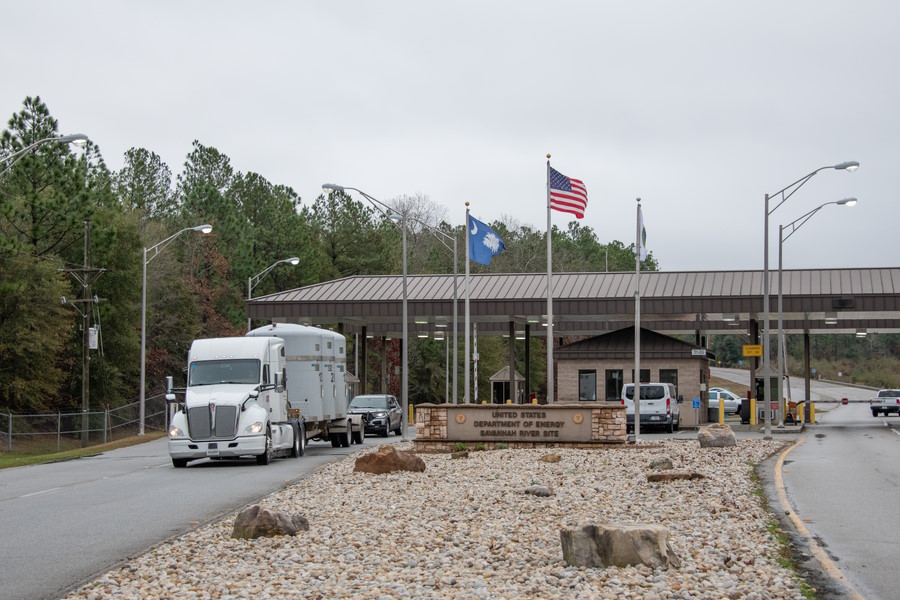
In a demonstration of its largest domestic program to reduce stocks of weaponizable nuclear material, the National Nuclear Security Administration in December shipped deweaponized plutonium out of South Carolina for permanent disposal, the agency said recently.
It…